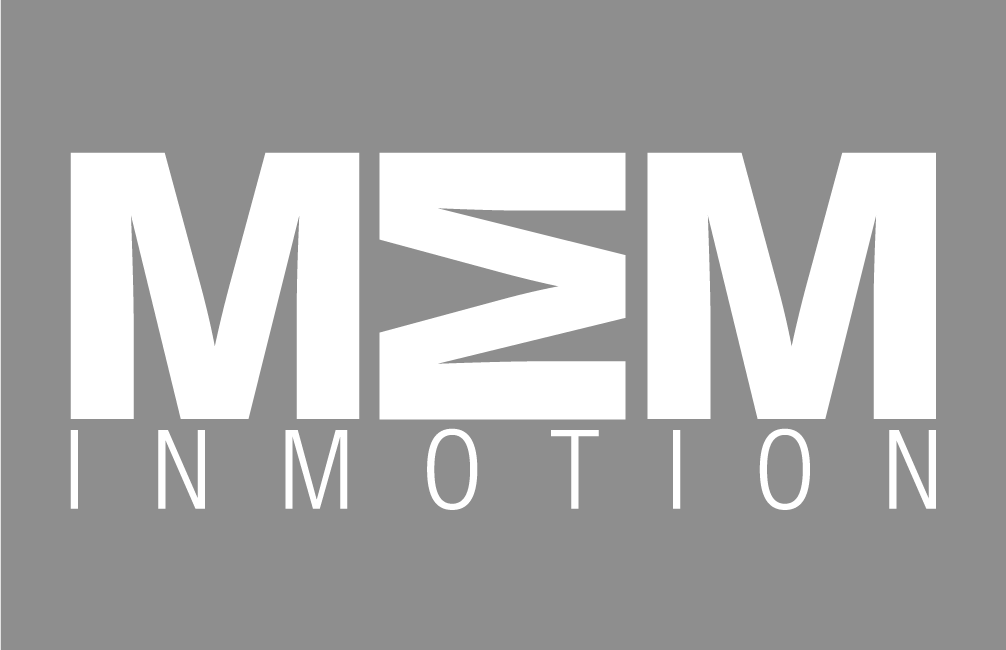The Cubic Doughnut Tank System got its patent 40 years ago this year. The principle design underpinning the early design concept saw construction of an almost prismatic shape utilising twelve identical cylinders that interconnected to one another in order to have structural efficiency akin to a spherical tank with volumetric efficiency akin to a membrane tank. A problem arose at the time, however, as the US broke off its diplomatic relations with its source country – Algeria – cancelling contracts on the importation of LNG. Interest dwindled and the technology waned.
About 10 years ago, Altair Engineering was working with the University of Michigan to provide analysis of advanced structural engineering systems. This resulted in a renewed interest in long forgotten techniques seeing new developments for the marine sector based around the Cubic Doughnut Tank System (CDTS).
The use of LNG in the marine sector is not a new one. In fact, it’s been around for decades. But it’s in need of updating. The CDTS offers an improved volumetric efficiency of 0.85 over a Spherical Tank (0.52). It is also close to the membrane system at 0.88. This volumetric efficiency along with CDTS’s offering of an independent tank construction alongside the ability to self-stand allows for better utilisation of space both above and below deck. This results in a dramatically smaller length of ship but with the same cargo capacity.
Benefits of the system can be measured thus: for the same LBP, CDTS provides 35% improved capacity over Spherical with a 24% improved capacity over a Membrane or IHI SPB ship. Within a reduced ship length, capacity of 12% is achieved when compared to Spherical and 6% when compared to the membrane.
Yet, additional advantages can also be gained such as reducing gross tonnage, overall construction times when compared to a membrane tank, and a cut in the costs of the LNG carrier. It also eliminates restrictions evolving from partial filling of the tanks for sloshing. This allows a number of discharge locations.









